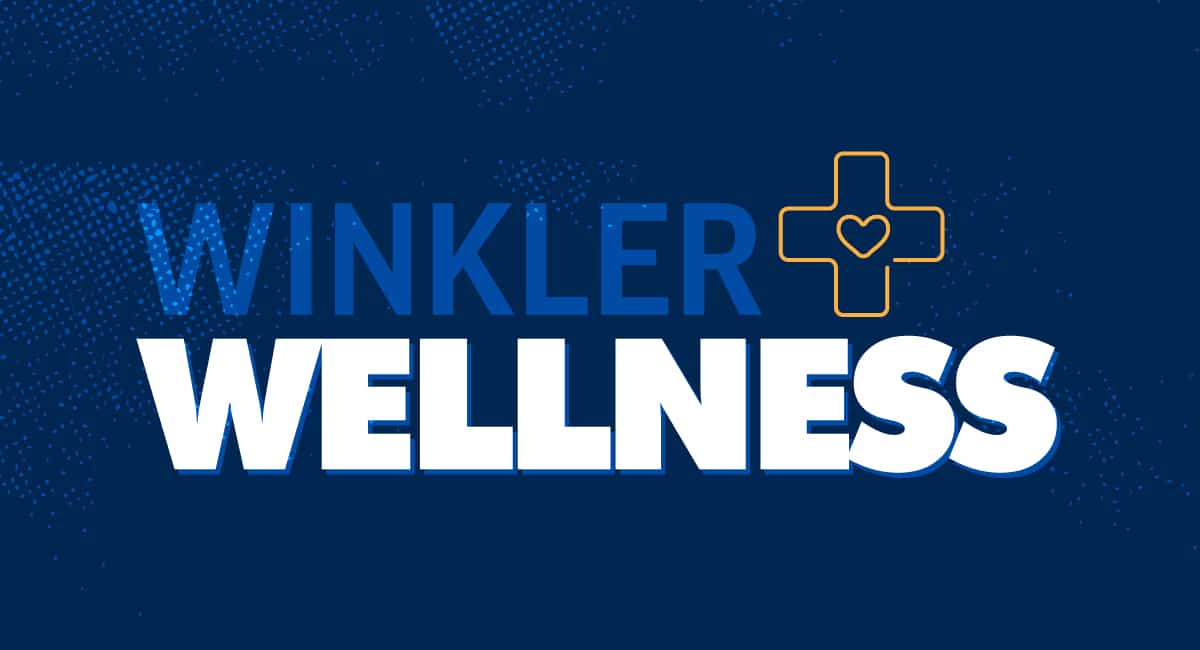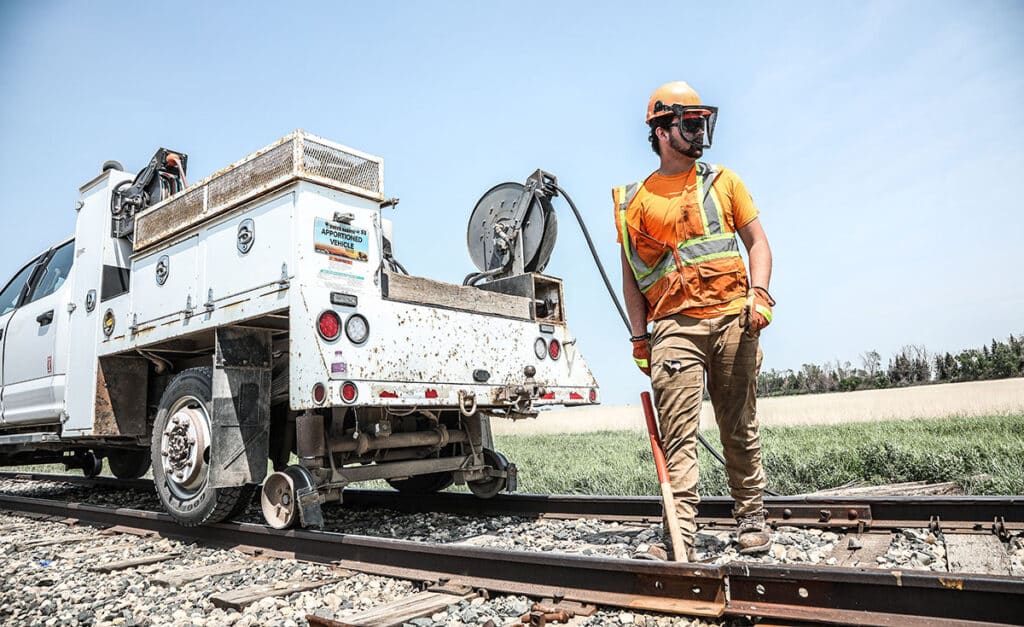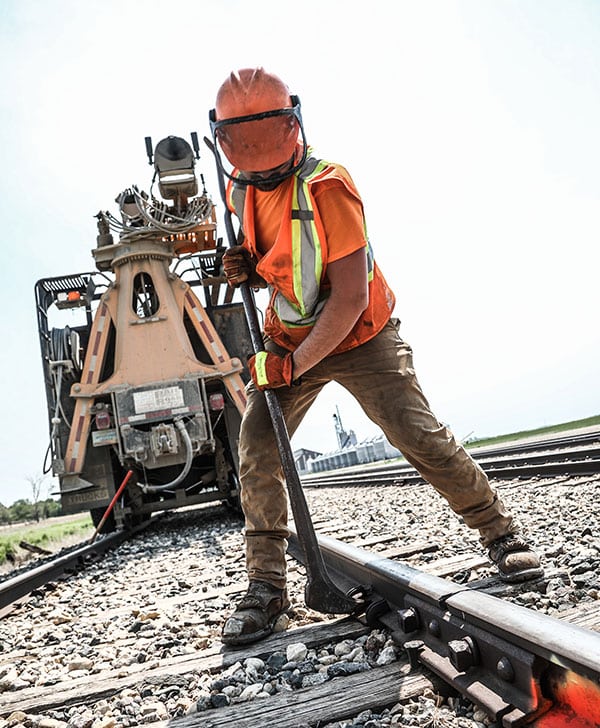
Winkler Wellness: Skin Cancer Prevention for Rail Workers
With so much to do, 2022 has seemed to fly by. While winter conditions bring ice and snow, which we are all used to talking about regularly when it comes to preventing injury, summertime has some equally concerning, but at times less obvious risks. For all of us, and especially for those working outdoors, it’s important to keep these summer risks in mind. Some of these include the UV index (including the effects of UVA and UVB, which we cannot see but are very harmful) and heat exhaustion.

According to the Centers for Disease Control and Prevention (CDC), skin cancer is the most common type of cancer in the United States. We all know it’s a good idea to wear sunscreen in the summer, but it’s also important in the winter. When choosing one, make sure you are buying a “broad spectrum” version that will protect you against both UVA and UVB rays. Next, consider the Sun Protection Factor (or SPF)—which is a measure of how much UVB light a sunscreen can filter out.
The American Academy of Dermatology recommends selecting one with an SPF of 30 or higher. It is also important to choose a sunscreen that is water resistant or very water resistant. No sunscreen is waterproof, so it needs to be reapplied every two hours after swimming or sweating. Also remember to apply it liberally. An ounce of sunscreen (enough to fill a shot glass) is what is recommended to cover any exposed skin. Beyond that, wearing sun protective clothing, sunglasses, and wide-brimmed hats, and seeking shade, can also help reduce your exposure. Additionally, many weather apps and websites are including a UV index alongside their daily forecast to let you know when you should start applying sun protection in the morning and when it is safe to stop in the evening.
Heat can be another hazard of outdoor work, and according to the CDC, there are an average of 702 deaths, 67,512 emergency department visits, and 9,235 people hospitalized due to heat each year. Hot weather is associated with an increase in heat-related illnesses, including cardiovascular, respiratory complications, renal failure, electrolyte imbalance, and kidney stones. The good news is that paying attention to forecasting and heat early warning systems can help keep people safe. Websites like the CDC’s “Heat and Health Tracker” and the EPA’s “Air Now” can help you plan your exposure risks for the day.

Since poor air quality can increase your risk of heat stroke or heat exhaustion, it’s good to pay attention to both—especially when working outside, where prevention becomes very important. When temperatures are high, make sure to stay in air-conditioned buildings as much as possible, drink plenty of hydrating fluids throughout the day (even when you aren’t thirsty), wear appropriate clothing and sunscreen, pace yourself, and stop all activity if your heart is pounding or you’re gasping for breath. Remember to check your coworkers for any signs of becoming lightheaded, confused, weak, or faint, and have them do the same for you. Lastly, check the local news, websites, and apps for health and safety updates.
Enjoy the sun—but do it wisely.






